The Effects of Restricted Ductwork
While inspecting a new construction home inspection in Las Vegas, I came across a problem that’s more common than most people think: restricted ductwork in the attic. It’s something homeowners rarely notice, but it can have a big effect on your comfort—and your energy bills.
In this post, I’ll explain what restricted ductwork is, why it happens, and how it affects the performance of your HVAC system. I’ll also cover what you can do to prevent it and why proper airflow matters more than you might realize.
First Home Inspectors | Las Vegas, NV
What Is Restricted Ductwork?
Your home’s ductwork is like the highway system for your HVAC system. It moves heated or cooled air from your furnace or air conditioner to the rooms throughout your house. For that air to move efficiently, the ducts need to be clear, open, and properly sized.
Restricted ductwork happens when something blocks, bends, crushes, or narrows those ducts, slowing down the flow of air. That restriction means your HVAC system has to work harder to push air through—and that leads to poor performance and wasted energy.
A Real-Life Example From Las Vegas
The home I inspected recently had ducts in the attic that were badly kinked and pinched. These ducts were flexible types (commonly used in modern construction), and they had been bent too sharply during installation—possibly to fit around framing or other obstacles.
From the outside, everything looked fine. The homeowners had no idea there was an issue. But inside the attic, airflow was being choked off, especially to rooms on the far ends of the system.
The result? Uneven temperatures throughout the home, longer HVAC run times, and higher-than-normal utility bills.
Restricted ductwork found during a New Construction Inspection in Las Vegas
Why Duct Restrictions Are a Big Deal
You might not think much about your ductwork—it’s usually hidden behind walls, in ceilings, or in the attic. But when something’s wrong, you’ll feel it.
Here are some of the most common problems caused by restricted ductwork:
Uneven heating and cooling: Some rooms may be too hot, others too cold.
Increased energy use: The system runs longer to make up for poor airflow.
Wear and tear on your HVAC system: Over time, restricted airflow can shorten the life of your equipment.
Poor indoor air quality: Less air movement can mean less filtration and circulation.
Noise: Whistling, rattling, or whooshing sounds may come from struggling ducts.
All of these issues can lead to higher energy costs and a less comfortable home.
What Causes Duct Restrictions?
There are several reasons ductwork can become restricted:
Poor installation: Bends that are too sharp, long runs without support, or crushed flexible ducts.
Age and deterioration: Older ducts can sag, collapse, or become disconnected.
Rodents or pests: Animals can nest in ducts and block airflow.
Debris or insulation: Construction dust or loose insulation can enter the system.
DIY modifications: Well-meaning homeowners may accidentally block airflow during home projects.
How to Spot the Signs
Since most duct issues are hidden, homeowners often miss them. Here are some warning signs:
Rooms that are consistently uncomfortable
High electric or gas bills without any other explanation
Weak airflow from vents
Excessive dust around your home
Your HVAC system seems to run all the time
If you’re experiencing any of these, it’s a good idea to have your ducts checked by a licensed inspector or HVAC technician.
What You Can Do About It
If restricted ductwork is found during an inspection or HVAC service, here are your options:
Repair or replace crushed or kinked ducts
Re-route duct runs to improve efficiency
Seal any leaks in the system to prevent air loss
Add insulation if ducts are in hot attics or crawlspaces
Schedule regular maintenance to catch issues early
Improving airflow doesn’t just save you money—it can also make your home quieter, cleaner, and more comfortable.
Restricted ductwork found while inspecting new construction in Las Vegas
Final Thoughts
Restricted ductwork might seem like a small issue, but it can have a big impact on your HVAC system’s performance and your monthly energy bills. As a home inspector working in Las Vegas, I see this problem all the time—especially in homes where the ducts are hidden away in attics and basements.
If you haven’t had your ductwork inspected or tested, it might be time to take a look—especially if your home doesn’t feel as comfortable as it should.
Need a duct inspection in Las Vegas?
We specialize in energy efficiency testing and airflow analysis for both homes and businesses. Contact us today to learn how we can help you save energy and improve comfort in your home.



